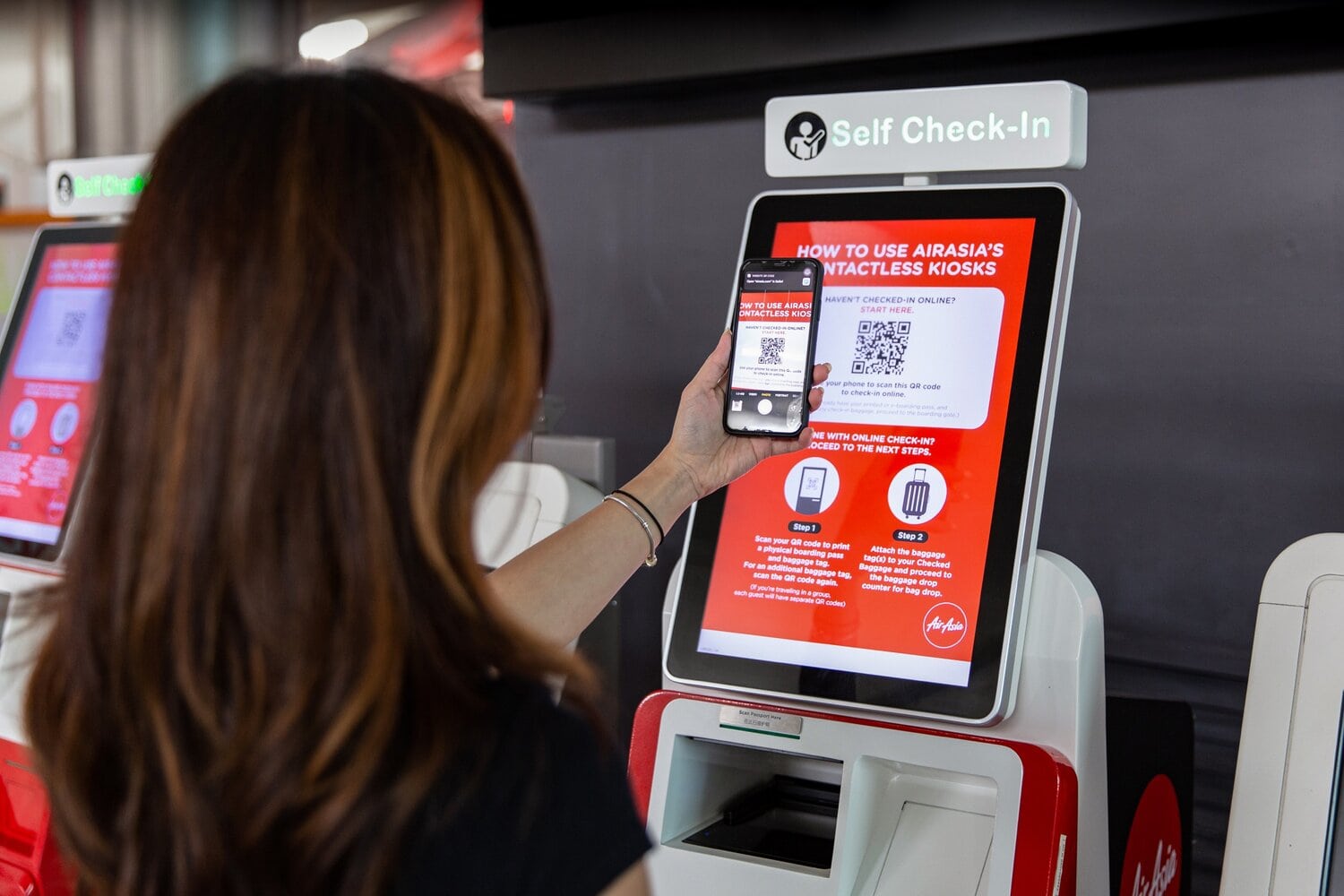Touchless, Frictionless Airports on the Horizon
Share

Low-touch and mobile-friendly: that is SITA’s vision of the airport of tomorrow. As COVID-19 pushes health and safety to the forefront, airports need to demonstrate a willingness to transform and address the central anxieties of travelers. The smartphone may play a key role in offering a low-touch and secure airport environment.
Even before the outbreak of COVID-19, the air travel industry faced a tremendous challenge: growth and development in an efficient, safe and sustainable way. While the overall business environment has shifted greatly as a result of the public health crisis, SITA argues that new technology is more relevant than ever in solving both the underlying pre-COVID-19 challenges and current obstacles alike.
Download FTE’s Think Tank on Touchless Tech & Other Strategies
SITA Flex, for example, is a cloud service that allows travelers and airport employees to interact with airport touchpoints from their smartphones. Travelers can use their phones to print bag tags or check in luggage, while workers can provide remote support. The solution is efficient, and eliminates the need for high-touch surfaces like check-in kiosk screens. Cloud platforms such as this are favorable for their scalability and ease of deployment.
United Airlines began testing a similar system for baggage tag printing on May 10 at Chicago-O’Hare, Boston, Dallas-Fort Worth and Orlando, and is in the midst of a worldwide rollout. AirAsia has also adopted contactless kiosks, along with an overhauled Passenger Reconciliation System that sees travelers at Kuala Lumpur International Airport 2 scan their own boarding pass at security and at the boarding gate.
When airports integrate biometrics into their mobile solutions, the pre- and post-flight experience becomes even faster and safer for travelers. SITA Smart Path is a biometric platform that allows travelers to arrive at the airport with their identity pre-verified and pass seamlessly through the various checkpoints. Add biometric-enabled boarding gates into the mix and the airport can shed many areas and procedures where close contact with staff and other travelers is inevitable. In the future, improvements to biometric technology will likely enable remote “on the move” iris scanning as an alternative to facial recognition, according to SITA. This development would allow travelers to keep face coverings on throughout their journey.
Fully overhauling airport operations to cloud-enabled mobile solutions cannot happen overnight. During transition stages, SITA believes smart self-service infrastructure, such as check-in kiosks, bag drop stations and boarding gates, will continue to be a staple of the airport environment since it minimizes contact with airport employees. SITA’s equipment that isn’t yet touchless is manufactured using DuPont Corian®, a high-performance material favored for healthcare applications because of its resistance to bacteria.
Accessibility for people with reduced mobility is another benefit that comes with adopting touchless technology. Avalon Airport partnered with Elenium Automation to implement a check-in kiosk that travelers interact with via head movement. The machine also measures vital signs to screen for symptoms of infection, and can scan a passport from a distance.
As airports adapt to the changing travel landscape, those that embrace mobile-enabled, low-contact platforms can address both health and efficiency concerns at a time when travelers are most sensitive to them.


